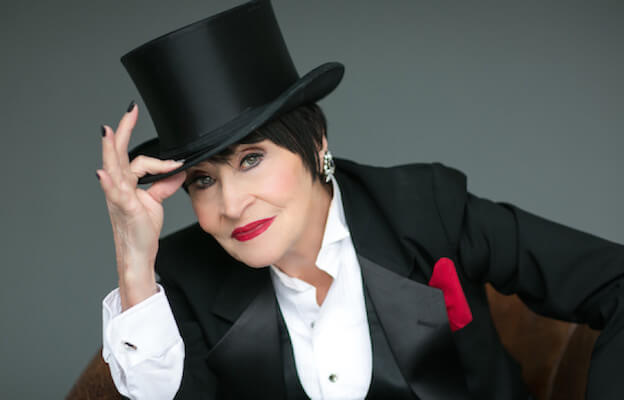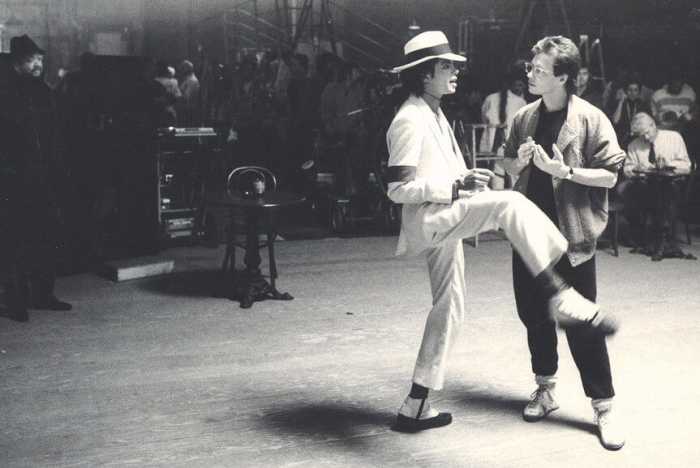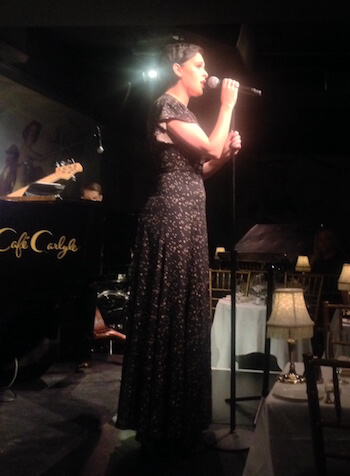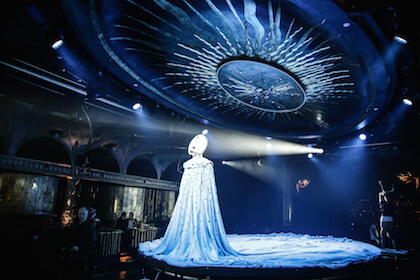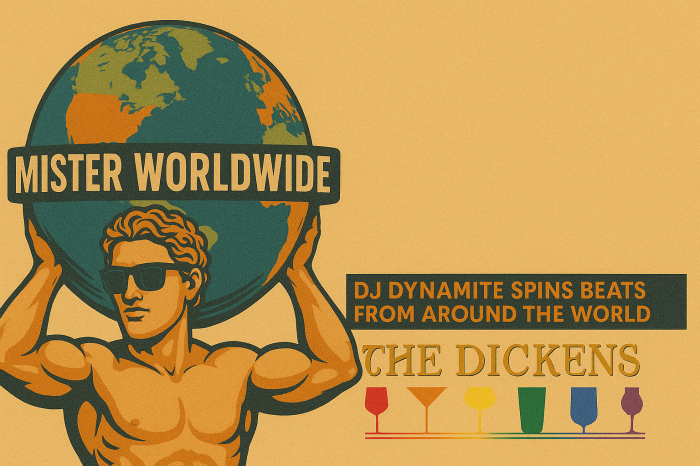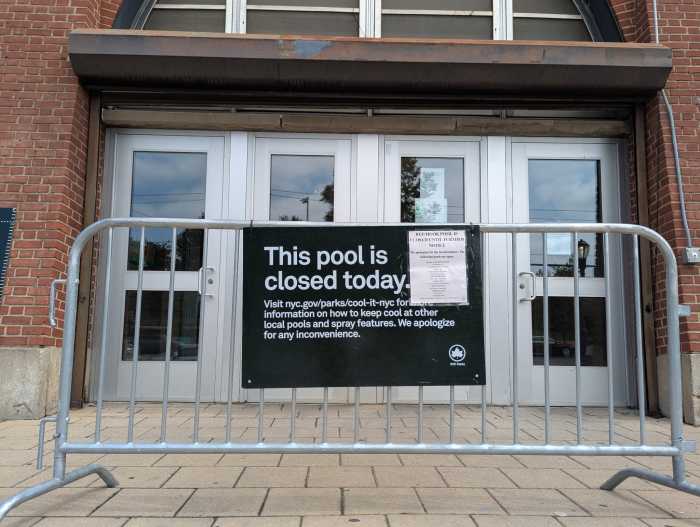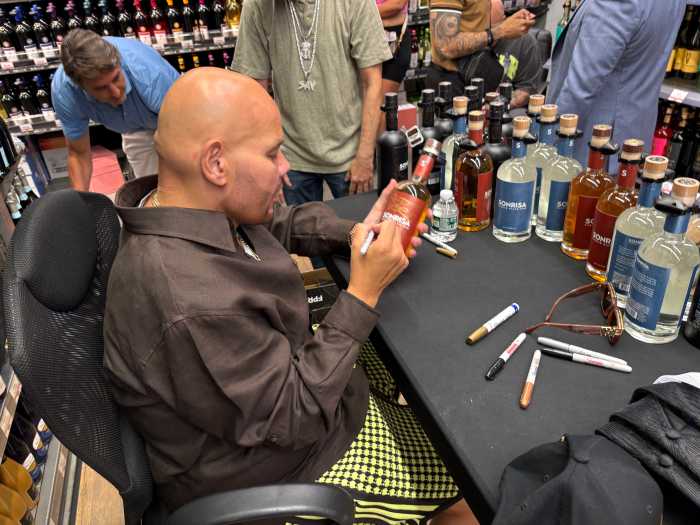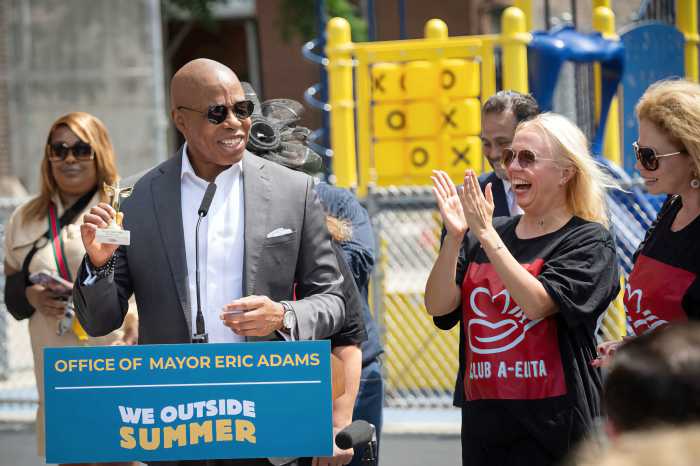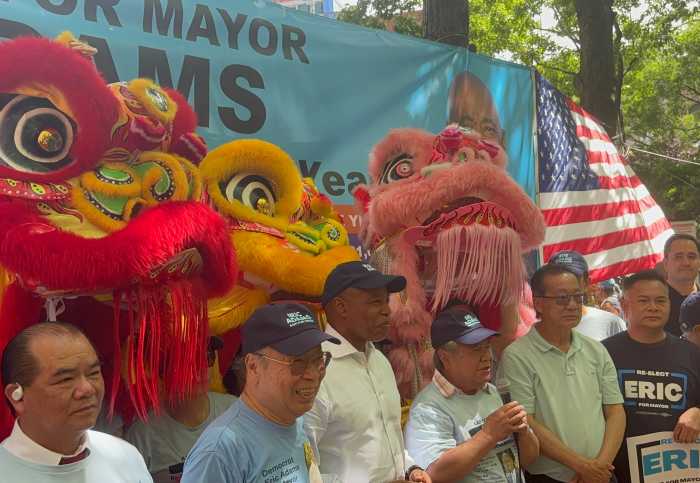An untitled illustration by Antonio Lopez circa 1980. | ESTATE OF ANTONIO LOPEZ/ EL MUSEO DEL BARRIO
By almost any reckoning, Antonio Lopez is considered the greatest of all fashion illustrators. Although his life was brief, cut down by AIDS at age 44 in 1987, he packed a whole lotta living into those years — as well as art, which in his case embodied a singularly irresistible blend of flamboyance, nigh-unbearable sexiness, and fluidly easy yet jaw-dropping draughtsman technique.
Take advantage of Thanksgiving Weekend to catch the splendidly varied show — which runs only until November 27 — that El Museo del Barrio has mounted for him, curated by Rocío Aranda-Alvarado and Amelia Malagamba-Ansótegui. This is one not to miss.
Born in Utuado, Puerto Rico in 1943, Lopez’s family moved to New York City when he was seven and, from his earliest years, his talent for drawing evinced itself. The High School of Art and Design and the Fashion Institute of Technology provided his formal education, which ended early when he took a job at Women’s Wear Daily, publishing his first drawings in 1963, which led to a stint at the New York Times.
El Museo del Barrio highlights dazzling decades when Antonio Lopez reigned supreme
Antonio Lopez, center, with Pat Cleveland and Karl Lagerfeld in the early 1970s. | JUAN RAMOS/ ESTATE OF ANTONIO LOPEZ/ EL MUSEO DEL BARRIO
His work, which developed into something pictorially masterful with a bold looseness and exquisite detail, evoking both Franz Xaver Winterhalter and Giovanni Boldini, at the time perfectly caught the 1960s Pop zeitgeist, and was also influenced by sources including Fernand Léger, Tamara de Lempicka, and Cubism. Much more than a mere rendering of pretty clothes, his drawings, collaging favored objects like a rose or Coca Cola iconography, were a dazzling, pure reflection of his life and what was happening on his greatest influence — the street. His work, in turn, influenced the collections of designers like Yves Saint Laurent, Missoni, Norma Kamali, and countless others to this day. Anna Sui devoted an entire collection to him and, indeed, has said that she originally came to New York just to meet him (and Andy Warhol, a close buddy of Lopez’s).
With his longtime, indispensable creative partner, Juan Ramos, he moved to Paris in 1969 and immediately fell in with a young designer named Karl Lagerfeld and fledgling photographer Bill Cunningham, not to mention the burgeoning disco scene. At the legendary Club Sept, he and model discoveries like Pat Cleveland, Jerry Hall, Grace Jones, Tina Chow, and Jessica Lange would take over the dance floor, stunning the City of the Light with their beauty, thrown together high-low chic, and soulful grace and rhythm. Lopez loved to dance and was an expert at it, and this kinetic spirit informs every drawing he made, his work reaching its apex in the late 1970s and early 1980s, capturing the heady, disco-fueled era with sizzling élan.
An untitled illustrationsby Antonio Lopez circa 1980. | ESTATE OF ANTONIO LOPEZ/ EL MUSEO DEL BARRIO
Sex was also an obsession of his — according to intimates, he and a favored female model would take some beautiful guy and disappear for days with him — and the exhibit is rife with stunningly erotic sketches of nubile studs, many of them Latino models whom Lopez would literally pick from the street, a lot of them Seventh Avenue fashion industry rack pushers by day. Sinewy, snarling, and sensuous, these images will, in ancient gay parlance, have you clutching your pearls. Being located where it is, this wonderfully compelling show includes how important Lopez’s Puerto Rican heritage was to him, apart from nubile youths. He continually broke down the color barrier in the lily-white fashion industry, insistently featuring gorgeous models of all races, and joyously celebrated the stars who shared his background — Chita Rivera, Rita Moreno, the fabulous guys from the pioneer breakdancing Rock Steady Crew.
Sadly, all this creative fun came to an abrupt end. Lopez contracted HIV and died of complications from Kaposi’s sarcoma in Los Angeles. Interviewed at that time, Susan Baraz, who went to FIT with him and was one of his first models, said he had known about his illness for a while and, like so many others, was hiding it. At the end, he was quite open about it, and she and Ramos (who succumbed to AIDS in 1995) decided to make his cause of death public, in pure reaction to the “don’t tell” policy of those early, uncertain, and terrifying plague years.
Antonio Lopez circa 1981. | ESTATE OF ANTONIO LOPEZ/ EL MUSEO DEL BARRIO
I was among the thousand or so at Lopez’s indelible memorial service at FIT, hosted by Fran Lebowitz. I sat next to one of the artist’s favorite models, the ravishing Gail Elliott, and we watched the deservedly passionate stream of tributes, from the usually cucumber-cool Bill Cunningham having a near breakdown onstage to Joey Arias — introduced by Lebowitz as an example of “Antonio’s extreme tolerance” — channeling Billie Holiday. Like so many others, I worshipped the man, looking forward every week to the Sunday Times that invariably had some divine illustration of his in an ad, and treasuring my copy of his first book, “Antonio’s Girls,” with its images and interviews of his most famous muses. I even took a fashion illustration class at his alma mater and was continually shot down by my traditionally minded teacher, who complained that my drawings weren’t “commercial enough.” This was a rather nasty, racist code, of course, for, when I said, “Antonio draws big noses and thick lips,” her instant response was, “But you’re not Antonio!”
I would thrill at the odd sighting of him around town at some event or, once on Christopher Street, both of us dashing in opposite directions, when his approving glance at the bat-winged Issey Miyake bathing suit I was wearing as a top with an ebony bracelet made my day. Like the time I saw Tennessee Williams huddling in a doorway on a rainy Sunday morning, I was then much too shy to approach my idol. Little did I realize that he was much the same, for, as Baraz recalled back in 1987, along with claiming that he had a daughter living in New York, he was “a complex person. He wasn't very comfortable in this world. He was humble and shy, a really giving soul.”
Baraz was with him at the end: “About 4 a.m., I was putting cold compresses on his head and he opened his eyes for a minute, put his lips together, and gave me a kiss. I said, ‘I’ve waited 27 years for that kiss.’”
ANTONIO LOPEZ: FUTURE FUNK FASHION | El Museo del Barrio, 1230 Fifth Ave. at E. 104th St. | Through Nov. 27: Wed.-Sat., 11 a.m.-6 p.m.; Sun., noon-5 p.m. | elmuseo.org/antoniolopez/





